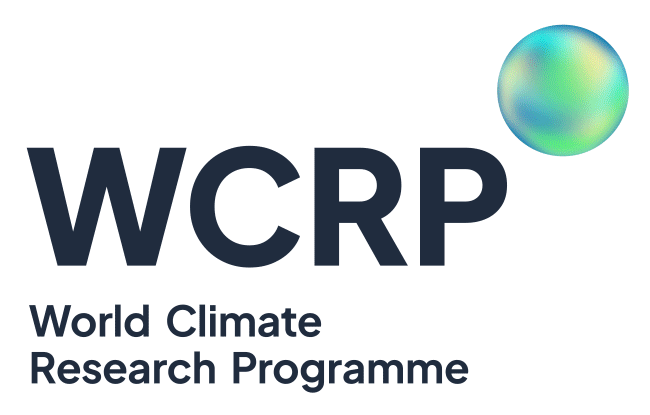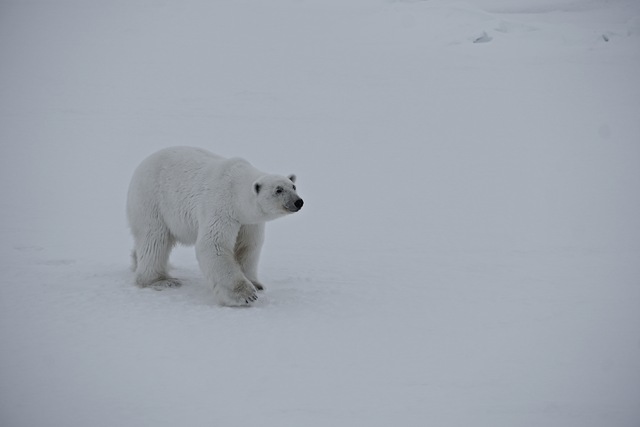Professor Julienne Stroeve and Dr Jennifer V Lukovich
University of Manitoba My Climate Risk Regional Hub
Understanding the local impacts of climate change is essential for building climate resilience. This has been the focus of researchers at the University of Manitoba My Climate Risk regional hub. This past year two important studies were published. The first focused on the implications of a longer ice-free season on western and southern Hudson Bay polar bear populations, finding that global warming must be kept below 2oC for these sub-populations to survive. In another study, the impacts of sea level rise from melting ice in Antarctica on west African communities where 60 million people inhabit the low-lying coastal region, underscore the shared global demand for planning, preparedness, and policy development to address local challenges incurred by a changing climate.
A recent sea ice study co-led by U2MCR2H lead and Canada 150 Research Chair Julienne Stroeve and Professor Alex Crawford demonstrates that continued global warming due to GHG emissions imperils the survival of polar bear populations in western and southern Hudson Bay (Stroeve et al., 2024). Polar bears hunt on sea ice in winter and fast on land in summer; in southern and western Hudson Bay, polar bears typically fast for approximately four months (July to November). Longer ice-free periods (IFPs) limit the winter on-ice hunting time required for polar bears to gain sufficient weight to survive summer (ice-free) seasons of fasting on land. In recent decades, an observed increase in IFPs on the order of one month has accompanied declining polar bear populations. Projected IFPs from 20 CMIP6 bias-corrected model data demonstrate that 1.5oC of global warming yields IFP estimates on the order of 183 days, which exceeds the fasting survival threshold of adult polar bears; a disconcerting finding given that in 2023 the global average temperature was 1.48 degrees Celsius warmer than the pre-industrial era.
As longer ice-free seasons force the bears to spend more time on land, there is an increase in human-bear encounters. Investment in coexistence strategies is critical to minimize conflict between people and polar bears. Given the urgency and complexity of this issue, collaboration and communication among Northern communities is vital to finding and implementing effective solutions. Polar bears also play a key role in revenue for the town of Churchill, as tourists flock to the region for viewing opportunities and provide a source of sustenance for many communities around Hudson Bay. To protect these species, greenhouse gas mitigation measures, climate adaptation strategies, and policy development are needed that can ensure protection of polar bears and their environments. The study further highlights the need for policies that support an interconnected network of protected areas to increase polar bear access to habitat and resources that enable their survival, in addition to environmental impact assessments that take into account polar bear and other at risk species vulnerability in a changing climate.
A sea level rise (SLR) study led by Dr. Ghomsi, now a postdoctoral fellow with Professor Stroeve at the University of Manitoba, demonstrates that global warming manifested in increasing ocean temperatures and sea level rise of 3.52 ± 0.47 mm/year over the past 30 years threatens communities along the west African coast with displacement and land loss. The study focuses on three upwelling regions in the East Tropical Atlantic Ocean: the Gulf of Guinea (GoG), the Namibia-Benguela upwelling system, and the Senegal-Mauritania upwelling system, along which are located densely populated and low-lying coastal communities. An examination of relative contributions to SLR attributed regional SLR interannual sea level variability to increasing ocean temperatures. Long-term trends are attributed to ocean mass changes due to land water storage, river discharge output, glaciers and ice sheets. Atmospheric modes of variability are further shown to contribute to regional variability in SLR and are presented as options for prediction.
The paper calls for climate adaptation and mitigation strategies that will alleviate the impacts of SLR in low-lying coastal communities inhabited by 60 million people. The study further highlights the need for planning, early warning systems, and preparedness to address land loss and displacement resulting from SLR, including a more densely populated monitoring network that can establish baseline measurements and inform decisions in planning at local scales.
The "WCRP Kigali Declaration: Climate science for a sustainable future for all" includes a call for WCRP leadership and partners to prioritize actionable climate information that enables resilience building. The Kigali Declaration further states that “There cannot be sufficient climate action without peace”. In a world torn asunder by armed conflict, displacement, and instability due to human interference, alternative paths that identify shared values rather than differences are required. The aforementioned studies and numerous findings demonstrating the disruptive impacts of climate change on local populations globally, combined with international instability, reinforce the urgency of the Kigali Declaration calls to action, while also demonstrating the potential for these calls to establish pathways for peace, by displacing conflict with peaceful negotiations predicated on shared values, innovation, and best practices in actionable climate science, resilience, and solutions at local and global scales. A forum for actionable climate research such as the WCRP provides an international option, informed and connected by local networks, for diplomacy over conflict that builds on connections between collective solutions in climate action and peace to pave the way for an equitable, just, and progressive society.


